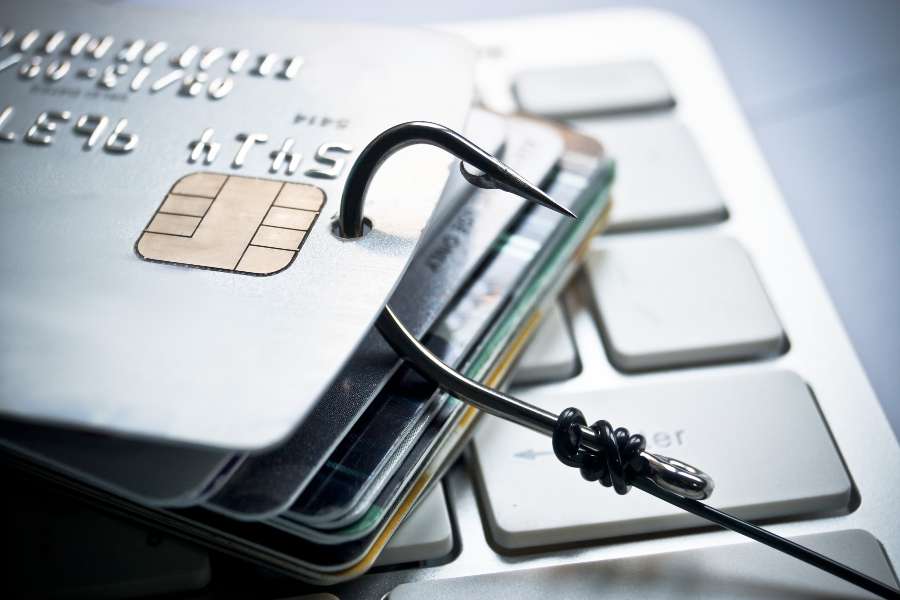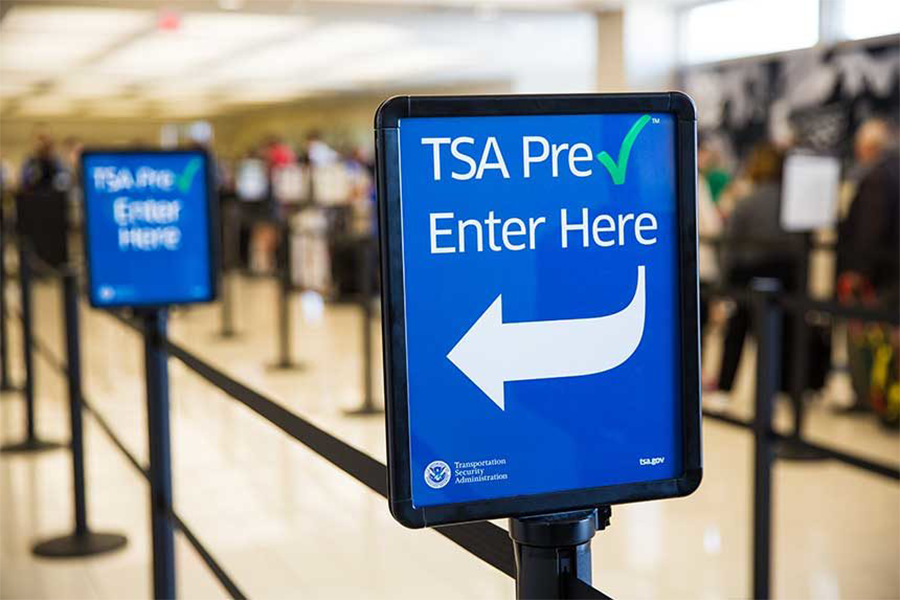Expertise:
- Business Credit Cards
- Business Banking
Experience:
Jordan Tarver is a financial analyst, writer, and editor at Fit Small Business focusing on credit cards and bank accounts. Jordan brings over two years of experience in account management and price analysis in the mortgage industry to Fit Small Business. He is also an accomplished self-published author. When he’s not writing, Jordan has a passion for photography, the outdoors, and documenting stories about his travels.



